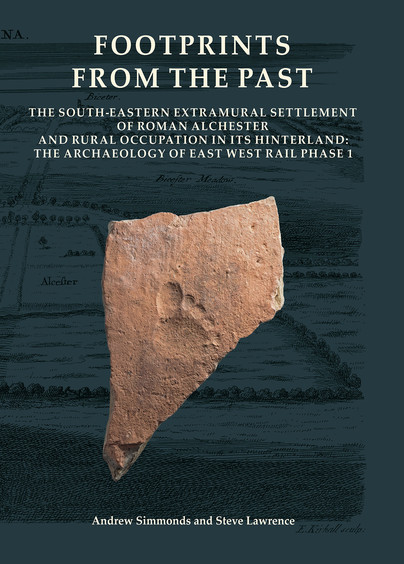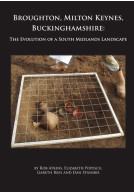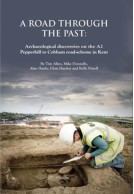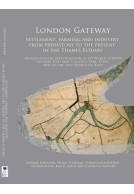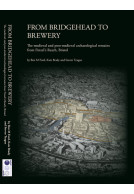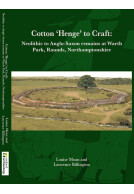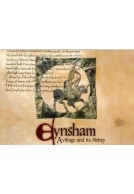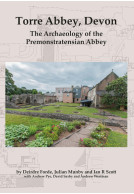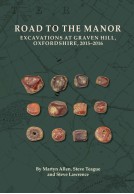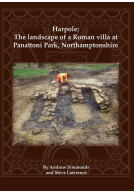Google Books previews are unavailable because you have chosen to turn off third party cookies for enhanced content. Visit our cookies page to review your cookie settings.
Footprints from the Past (Hardback)
The South-eastern Extramural Settlement of Roman Alchester and Rural Occupation in its Hinterland: The Archaeology of East West Rail Phase 1
Imprint: Oxford Archaeology
Series: Oxford Archaeology Monograph
Pages: 298
Illustrations: 72 tables
ISBN: 9780904220827
Published: 25th September 2018
Script Academic & Professional
Series: Oxford Archaeology Monograph
Pages: 298
Illustrations: 72 tables
ISBN: 9780904220827
Published: 25th September 2018
Script Academic & Professional
You'll be £20.00 closer to your next £10.00 credit when you purchase Footprints from the Past. What's this?
+£4.99 UK Delivery or free UK delivery if order is over £40
(click here for international delivery rates)
Order within the next 7 hours, 36 minutes to get your order processed the next working day!
Need a currency converter? Check XE.com for live rates
(click here for international delivery rates)
Order within the next 7 hours, 36 minutes to get your order processed the next working day!
Need a currency converter? Check XE.com for live rates
Excavations by Oxford Archaeology in advance of a programme of improvements to the railway between Bicester and Oxford investigated part of the south-eastern extramural settlement associated with the Roman fortress and subsequent town at Alchester, Oxfordshire, as well as rural settlements in its rural hinterland.
The investigations at Alchester extended across two successive routes south to Dorchester-on-Thames, the earlier of which by-passed the eastern side of Otmoor and was superseded by a more direct route across the moor at the end of the 1st century AD. Settlement beside the earlier road may have been a successor to a pre-Roman settlement and appears from artefactual evidence to have been of quite high status during the initial, military phase, although no contemporary structural evidence was found. Stone-founded buildings were constructed during the late 1st-early 2nd century, including two single-celled structures of uncertain function that may represent a gatehouse or a pair of shrines. The buildings were demolished by c AD 200, when the area was abandoned. An insight into the diverse lives of the inhabitants is provided by finds that included part of a priestly headdress, two pairs of slave shackles and a group of roof tiles bearing the footprints of a young child. The extramural settlement may have been partly rural in character, involved in farming the landscape around the town, which was intensively managed for agricultural production, probably as meadow and pasture.
Ditched enclosures beside the later road may have been part of a second extramural area or a discrete farming establishment. No buildings were identified but two large pits contained domestic refuse and building material. Excavations at six other locations investigated farmsteads that dated from the middle Iron Age to the 3rd century AD and included a rare deposit of debris from copper and iron working from a middle Iron Age enclosure ditch.
Other titles in the series...
Other titles in Oxford Archaeology...







